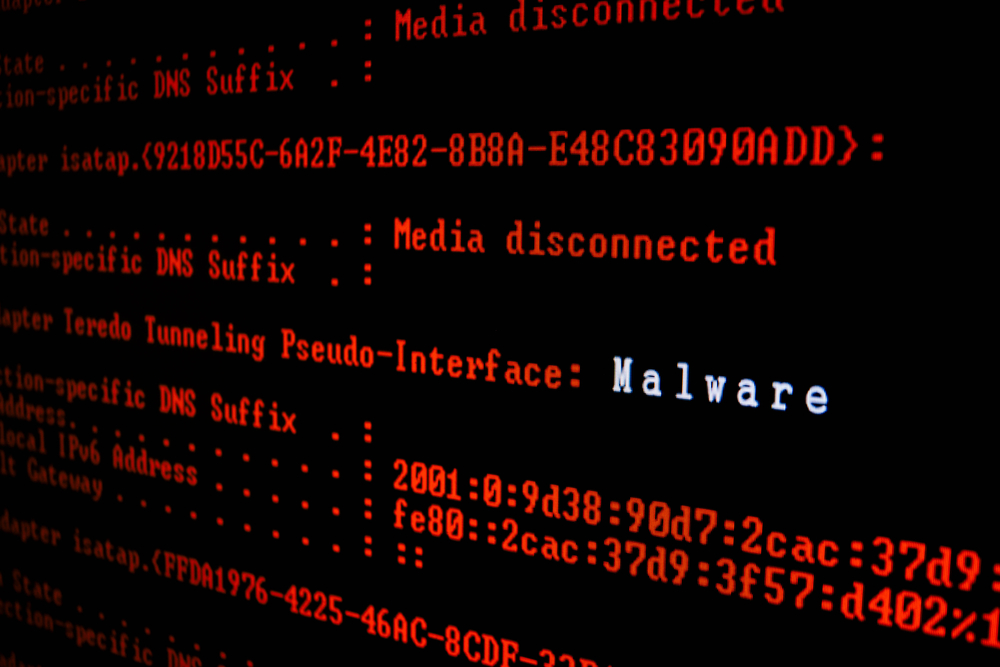Understanding Denial-of-Service (DoS) Attacks and Protection Strategies
This article explains DoS attacks, their types, effects, and protection measures. It emphasizes the importance of strong firewalls, security patches, and best practices to safeguard websites and networks from massive cyber threats. Understanding these threats helps organizations implement effective defense strategies to prevent downtime and data breaches.

Understanding Denial-of-Service (DoS) Attacks
Denial-of-Service (DoS) attacks are cyber threats that aim to overwhelm websites by flooding them with excessive traffic from specific sources. This overload can facilitate hackers in accessing private networks and sensitive information. Installing a robust firewall is essential, as it monitors and filters incoming traffic, blocking malicious requests and thwarting spoof attacks where attackers disguise themselves as trusted sources. Large-scale DoS assaults can bring down websites and servers temporarily, making them difficult to detect and defend against. Such attacks often lead to data theft and ransom demands from cybercriminals.
Massive DoS incidents target specific websites with multi-source traffic, causing system crashes and site takeover by hackers. Protecting against such attacks requires advanced security tools, as basic antivirus programs are insufficient. Cybercriminals involved in DoS attacks often steal confidential data and demand ransom to prevent leaks. Recognizing the different types of DoS attacks is vital for effective protection.
Common Types of DoS Attacks
Several types of DoS attacks specifically threaten operating systems and networks:
Amplified DNS DoS Attack
Attackers exploit DNS requests to generate fake traffic, making it appear as if originating from the victim's devices. This triggers responses from compromised DNS servers, resulting in traffic amplification that overwhelms legitimate users’ access, disrupting services. Fake requests particularly target DNS and HTTP servers, weakening server integrity and leaving systems vulnerable to future threats.
Buffer Overflow Attack
Cybercriminals flood servers with excessive data, such as large email attachments or long filenames, causing applications to crash. This deliberate overload disrupts normal operations.
Ping of Death
Attackers send oversized ping requests, which cause systems to crash due to excessive request sizes, impairing overall device functionality.
To defend your network, investing in powerful firewall software and implementing security best practices is crucial for preventing DoS intrusions and maintaining system integrity.
Impact of DoS Attacks
DoS attacks impair system performance beyond mere slowdown, leading to several issues:
Service unavailability
Decreased service efficiency
Interrupted network connectivity
Connection disruptions
Preventive Measures Against DoS
Implementing the following security strategies can reduce risk:
Use router filters to detect and block malicious traffic
Apply patches for known vulnerabilities like TCP SYN flooding
Disable unnecessary network services
Establish quota systems for resource management
Regularly verify physical security
Employ tools like Tripwire for system protection
Configure fault-tolerant networking setups
Maintain consistent backup routines
Enforce strong, complex password policies
Note:
Our blog provides a broad spectrum of information for educational purposes. While we strive for accuracy, readers should verify details independently, as discrepancies may occur and certain offers or schemes might not be included. Use this information responsibly for enhancing cybersecurity awareness and protection strategies.










